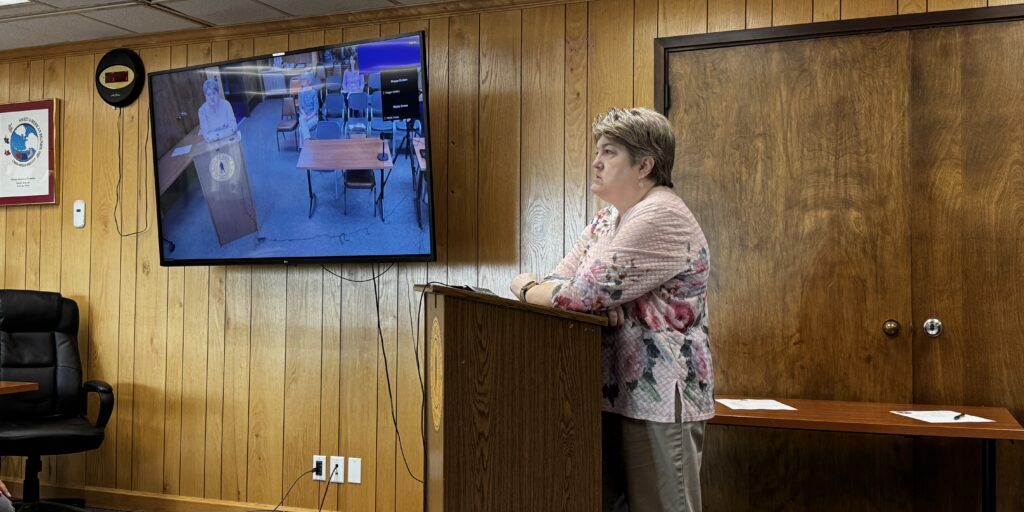2012 Iditarod champion Dallas Seavey started the 2013 Iditarod without some of his best dogs, due to small injuries. So, he brought along some younger dogs from his family’s kennel. He’s focused on building the team over the beginning of the race, but still doesn’t count himself out as a contender for the win. While attending to the needs of his dogs, dishing out food and water, he told KNOM’s Laureli Kinneen, “We’re building a dog team right now, that I’m going to be able to race later on. And how you handle the first half of the race, plays a huge role in what sort of dog team you have at the end of the race.”
Dallas says his focus is on the health of his team first and foremost. As the race progresses, as all mushers do, he’ll be constantly assessing the dogs’ condition and their ability. It’s still too early to tell if they are able to win. “If you want to win this race, you gotta to be ready to do some very intense mushing starting in Kaltag. If they don’t have it together by Kaltag, I don’t think we’re going to be in it to win it. And obviously not only do they have to have it all put together, they’ve got to be in a position to win.”
This year, Bethel’s Pete Kaiser is mixing things up, hoping to stay within a couple hours of race leaders. So far he’s been able to do that. He checked into Nikolai this morning at 10:26am, just a couple hours behind current race leader Aaron Burmeister. He’s also trying out a different run/rest schedule for his dogs, breaking up early, longer runs. “We broke the run up differently than I have. I’ve always stopped in Rohn and ran straight over. This time we went and camped and made it a little shorter run into here, which was nice.”
Talking with trail reporter Laureli Kinneen, Pete says he’s prepared to spend his 24 hour layover in a couple different checkpoints, eyeing Ophir as a good possibility: “Yeah, it’ll either be in Takotna or Ophir, depends on how good the trail is from here to Takotna. I’ve always wanted to do a 24 in Ophir, it just never worked out… Takotna’s hard to pass up too… It’s easy to get well-rested and well-fed, and easy to take care of the dogs. Strategically, it’s interesting to stop in Ophir, but Takotna’s the best place for the musher, that’s for sure.”
Hear more about Kaiser’s race so far:
Canada’s Gerry Willomitzer studies mushers’ times from past races to plan his run/rest schedule, learning from leaders’ successes and mistakes. In speaking with KNOM’s reporter Laureli Kinneen, Gerry talks about the more recent trend for mushers to begin racing hard earlier and earlier in the race. He favors the more traditional approach of playing it conservative until later on: “It’s still a very valid approach, I think, to just keep your team together, and by the time you hit Kaltag, you’re ready to step on the gas a bit…It’s maybe not a winning approach, but it is an approach for success.”
Coming off a scratch in the 2012 Iditarod, Gerry plans to race a little more conservatively this year, breaking up longer runs early in the race. In his sled, Gerry packs a beaver hat he got in Unalakleet while there for the Paul Johnson Memorial 450. He says it’s been so warm, he hasn’t used it yet, but he’s prepared for the intense weather the coast is known for. “That hat is staying in the sled. I’m carrying it all the way.”
At the time of posting, Pete Kaiser and Dallas Seavey are back on the trail headed to McGrath from Nikolai. They left at 3:14pm and 3:25pm respectively. Gerry Willomitzer arrived into Nikolai at 1:06pm, where he remains.





